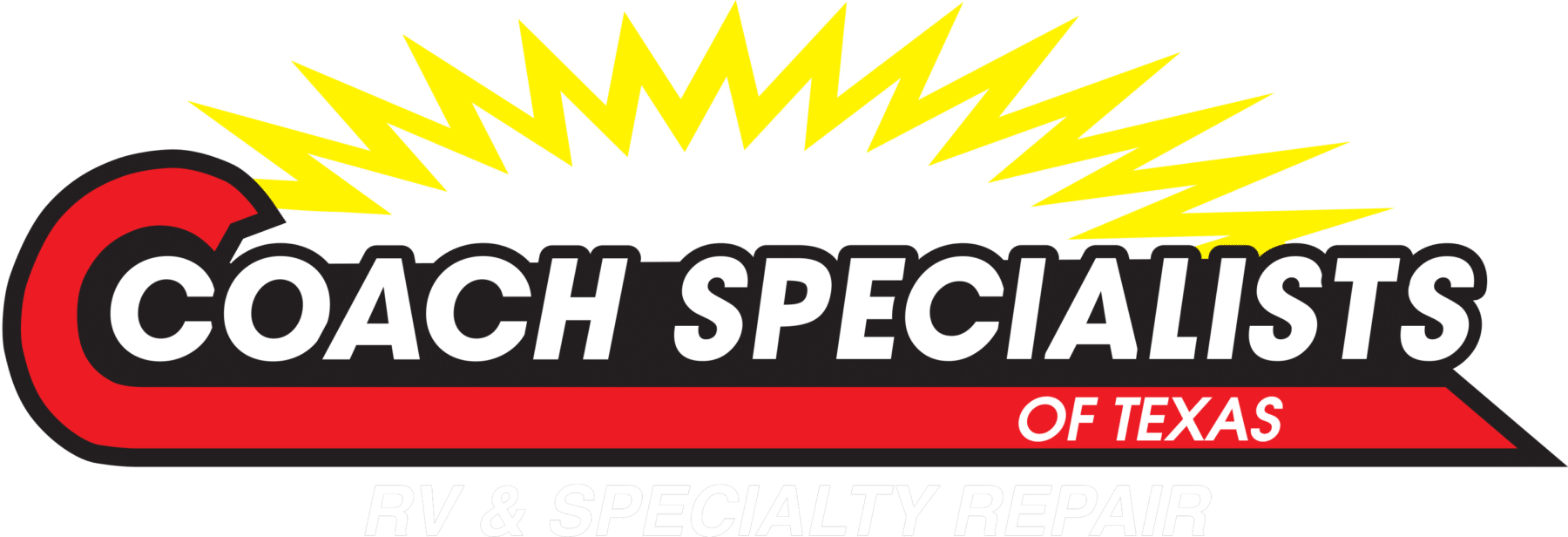1. Pick an RV that Suits Your Needs Best. You may be dying to get behind the wheel of the biggest Class C Motorhome you can find. If it is just you and one or two other people, however, a tow behind travel trailer may be your best option. A lot of RV owners like bringing their cars on trips with them. This makes towing lightweight trailers a perfect option for you! Most pull-behinds include a shower and at least a kitchenette. And when you’re dying to get into the closest town and sight-see, you can detach and speed away! The next step up for those who need just a little more space is a Class B camper van. They usually offer a living room space, showers, and beds. They aren’t detached, but they are super easy to drive and park. Families and those traveling in larger packs will appreciate a Class C RV. They’re the huge rigs you see zooming down the highway. These are awesome. They offer the most space and the most amenities but practice caution. Some campsites have size restrictions for parking, so stick to 25 feet or less to be safe.
2. Research Every Company. Purchasing an RV is a great option for those who love traveling and camping. But, you may not have all the supplies you need to fully stock your RV head to toe. Pick an RV dealership or repair business that can fully outfit the RV for you. We’re talking towels, sheets, kitchenware, pillows, the works. Make sure the company also offers an orientation before pick-up day. You’re going to take in a lot of information about vehicle safety, towing safety, right types of fuels, where you can go, etc. That is a lot of information to learn the day you pick-up.
3. Book Your (Best) Campsite Early. Above we mentioned how to avoid overcrowding at Texas campsites. As you’re searching for campsites along your route, study the map of the campsite. Get to know your surroundings before you show up so you’re more comfortable. Don’t be afraid to call ahead to talk to someone who works for the park. They can tell you the most crowded spots and where to park if you have kids or are trying to enjoy a quiet get-away for two.
4. Maximizing Drive Time in Your RV. If you’re planning a long trip ahead, be smart. Plan your driving days just as much as you would plan what you do on your vacation days. Study your GPS or map (whichever you prefer) and decide on all the places you’d like to stop along the way. Since you’re traveling with a kitchen on board, you can stop at rest areas to eat light and stretch your legs before continuing on your journey. We recommend always planning to arrive before dark. This helps when setting up and getting acquainted with your campsite and your neighbors.
5. Don’t Forget Extra Gear. This one is really simple but packs a huge punch in getting the most out of your RV. When we say gear, it really means anything special you want in your RV with you. This could be a couple of books to read in the evenings. Or, you might want to bring swimming or hiking gear depending on your camp location. Bikes are also popular items brought with RVs as you can sometimes explore neighboring towns. Some of our personal favorite items to bring are wireless speakers for dinner outside the trailer, privacy curtains for nighttime inside the trailer, and extra GPS’s or maps for traveling through rural areas.
